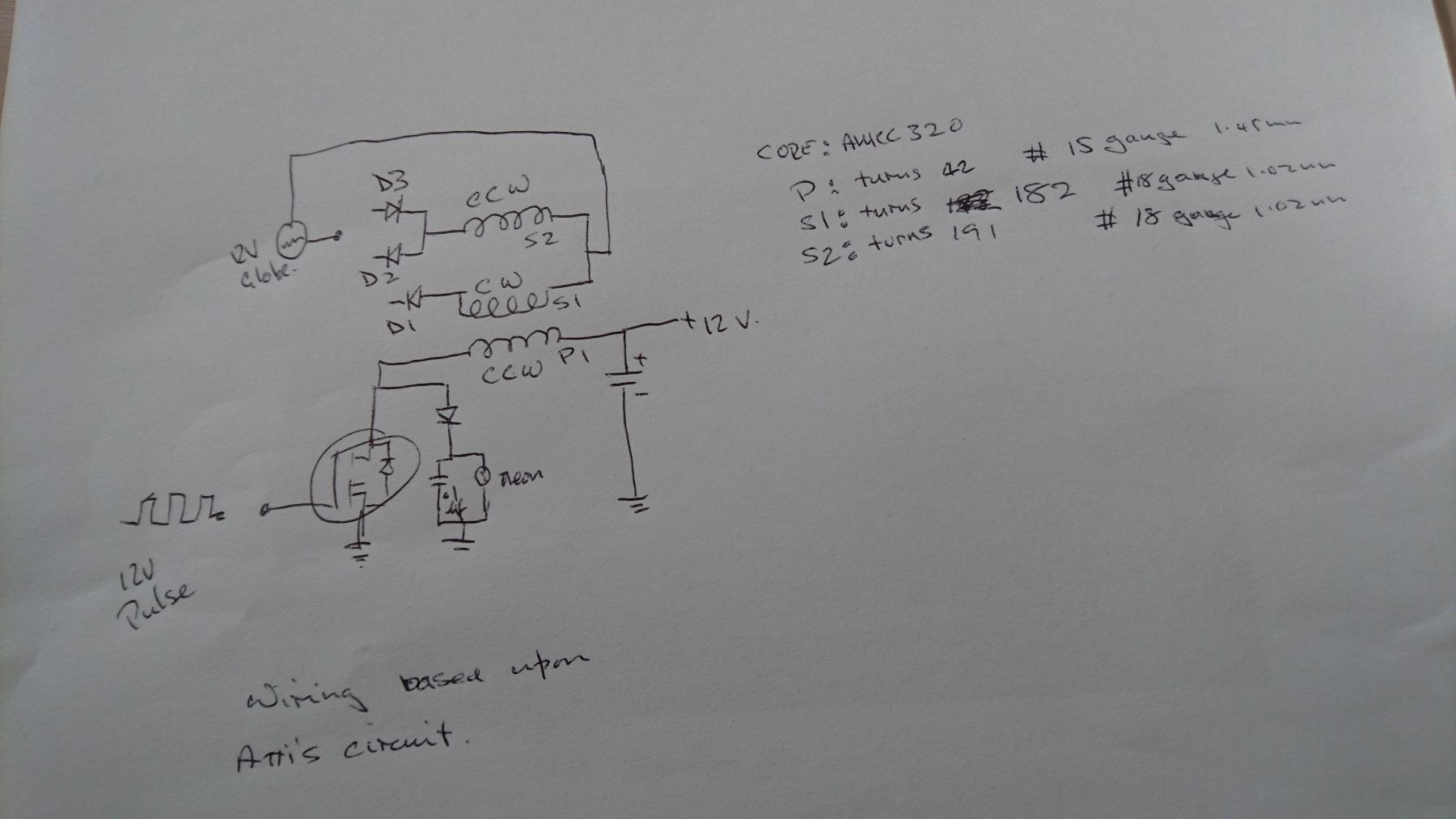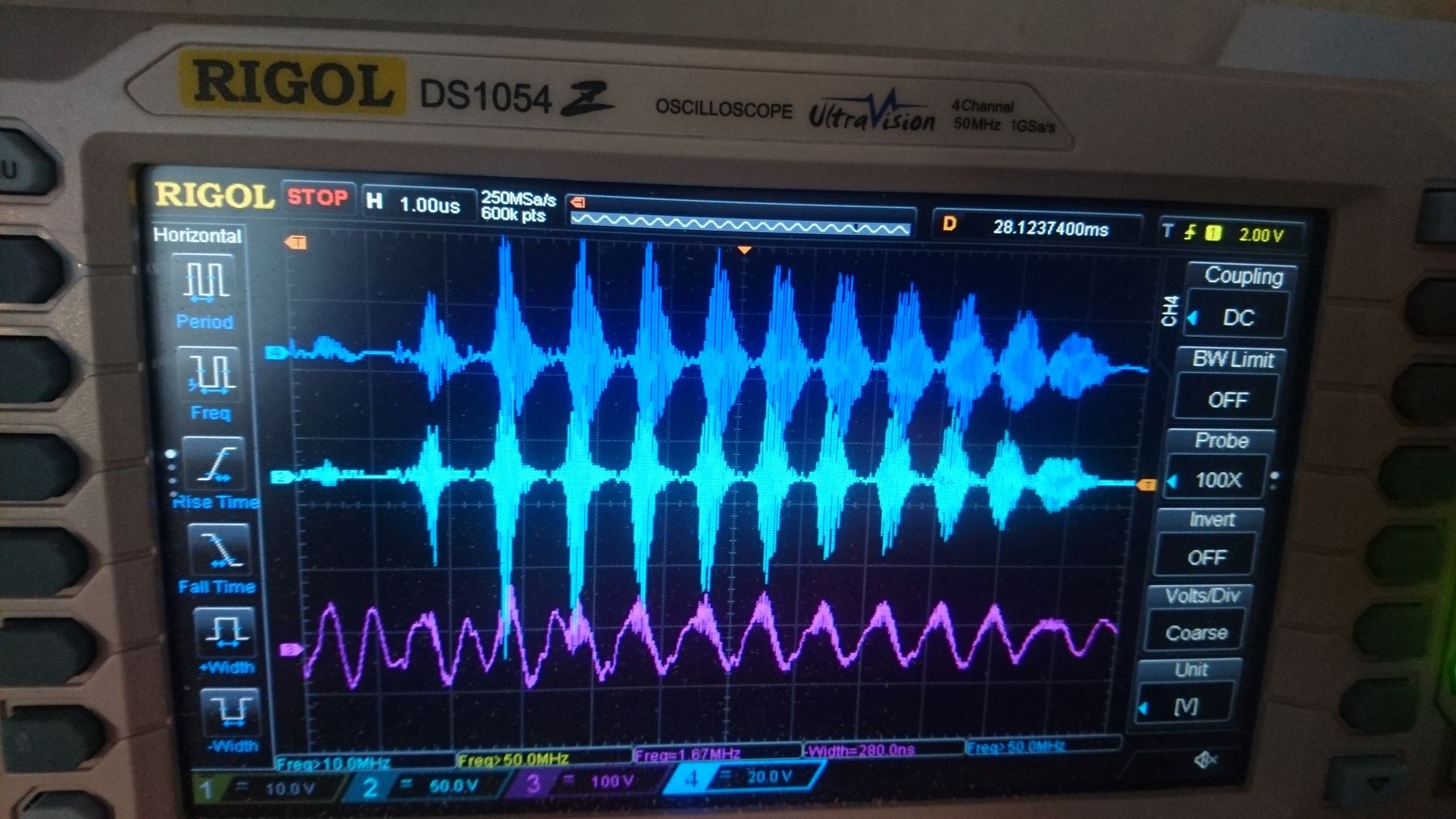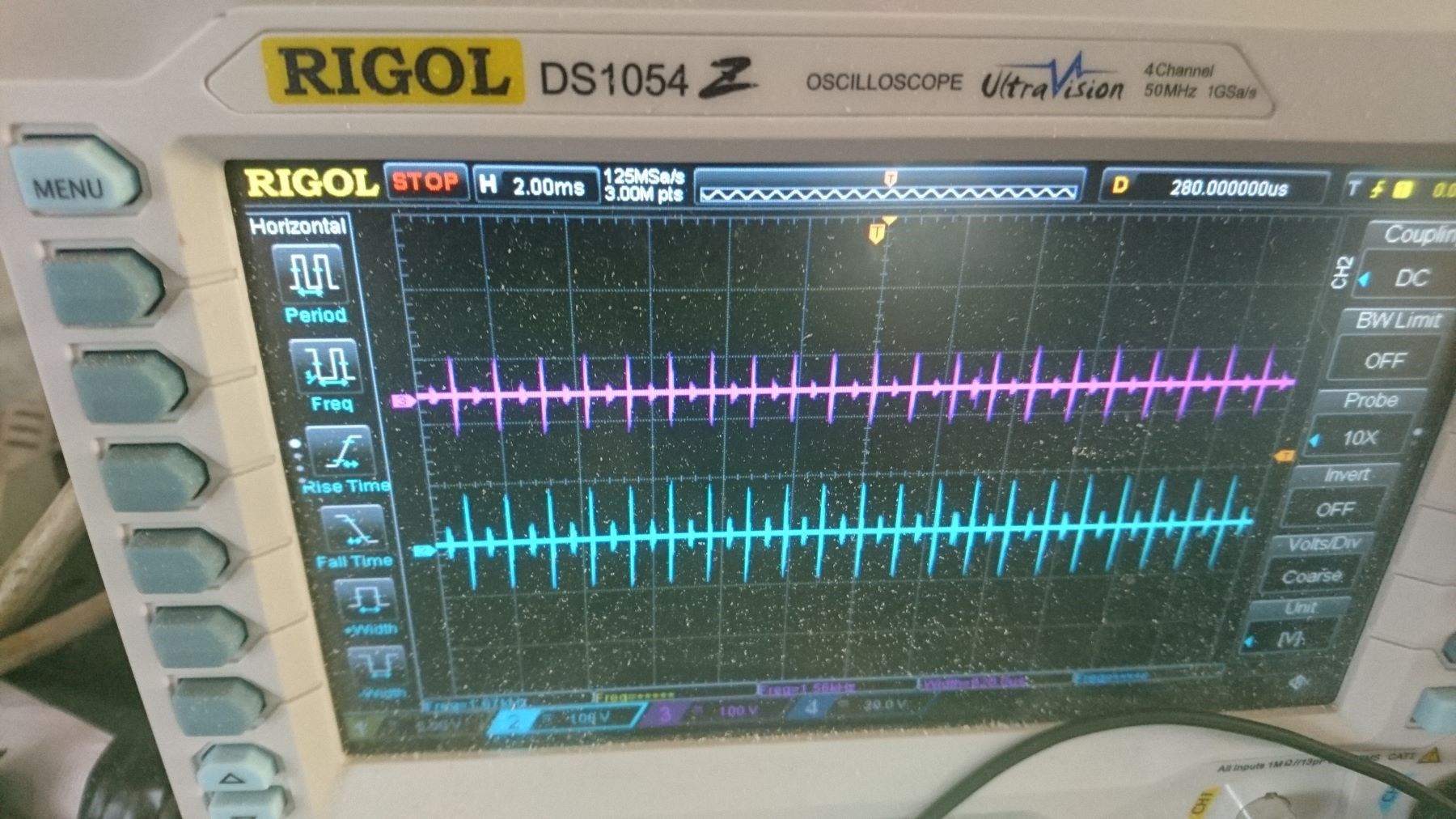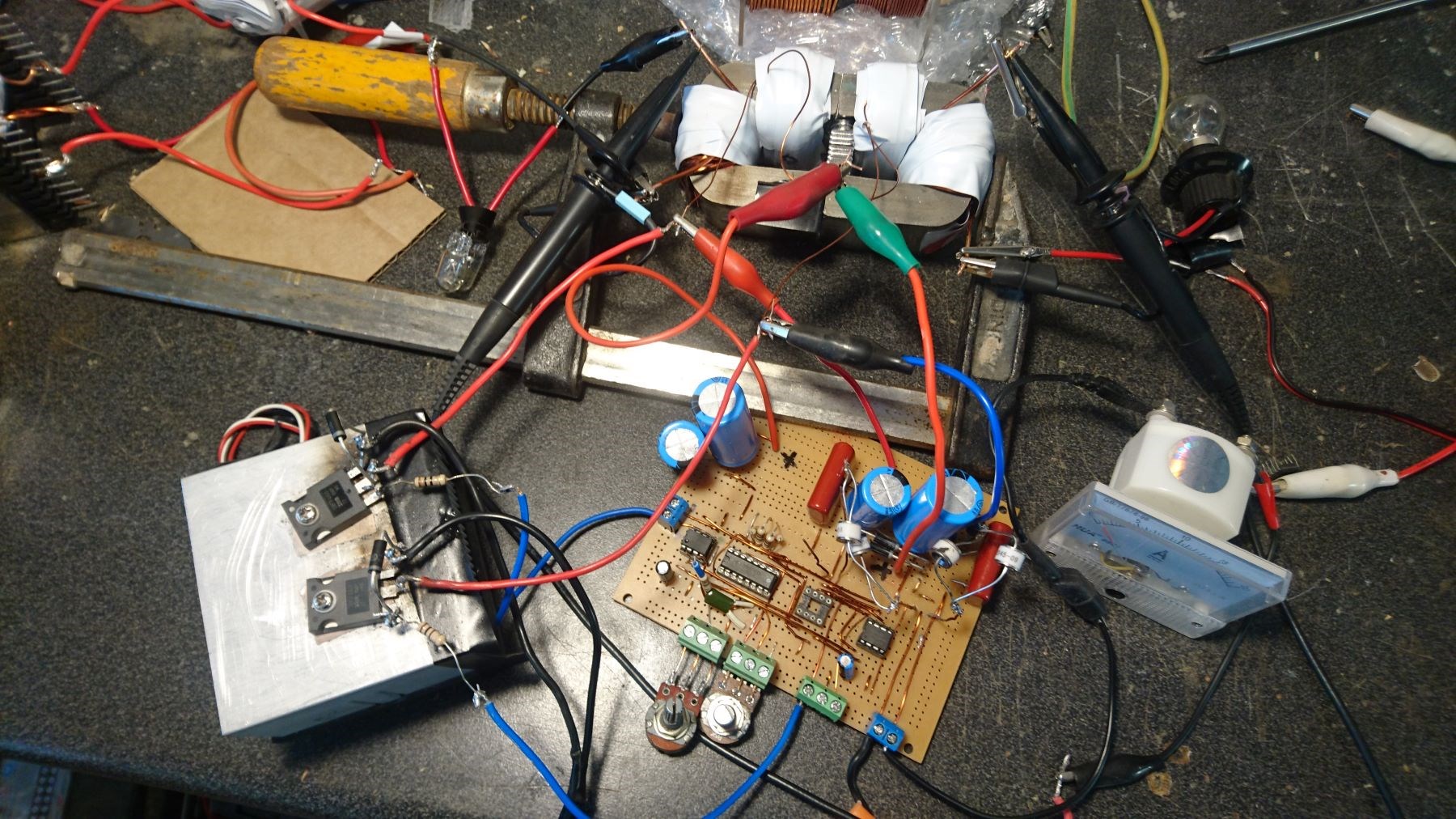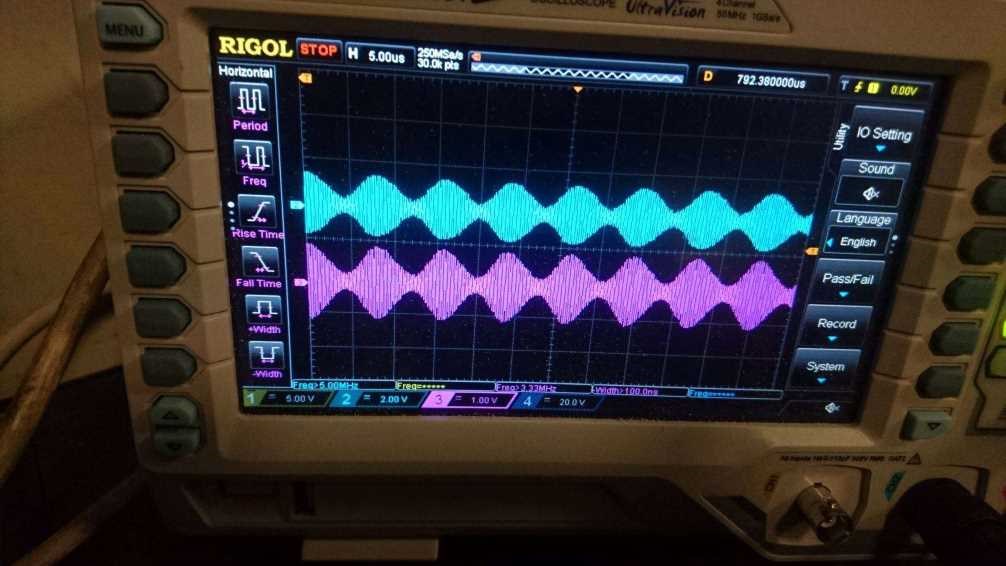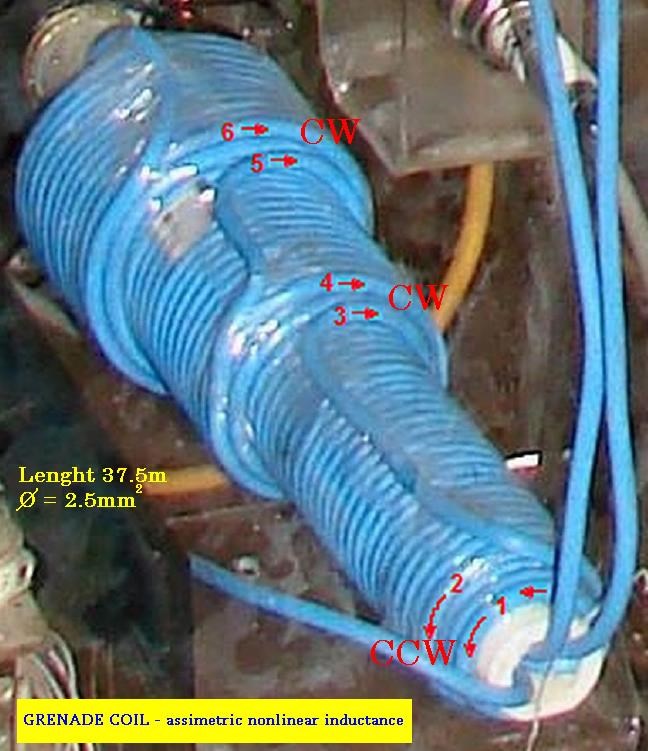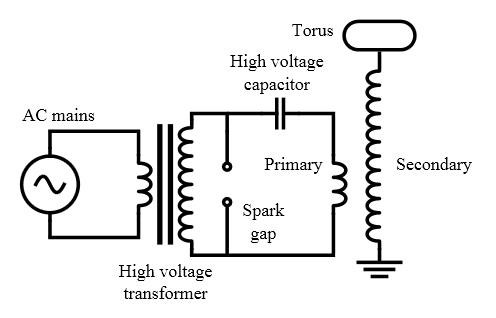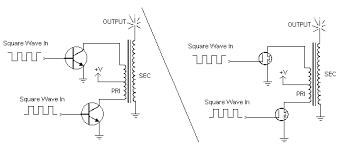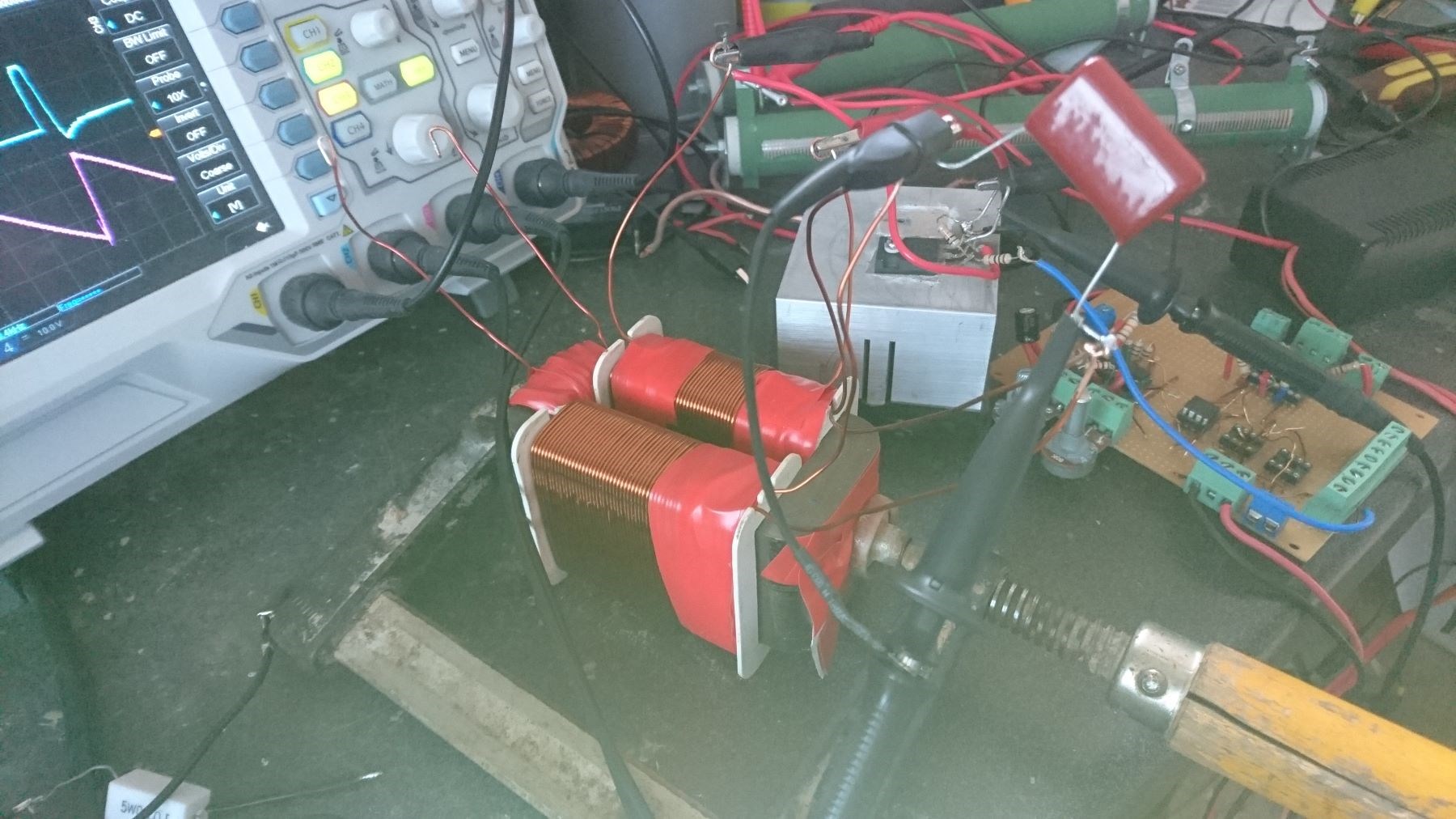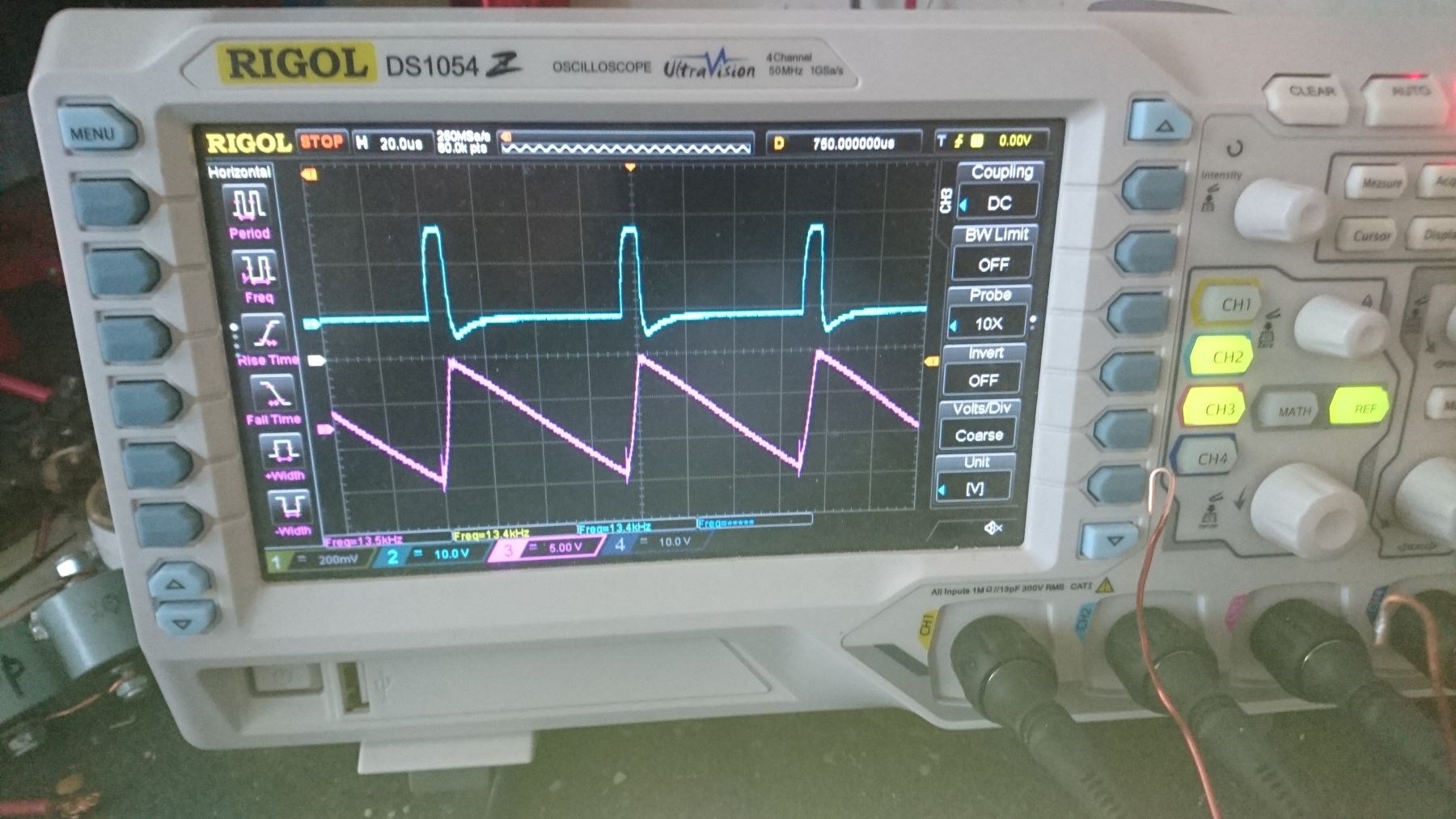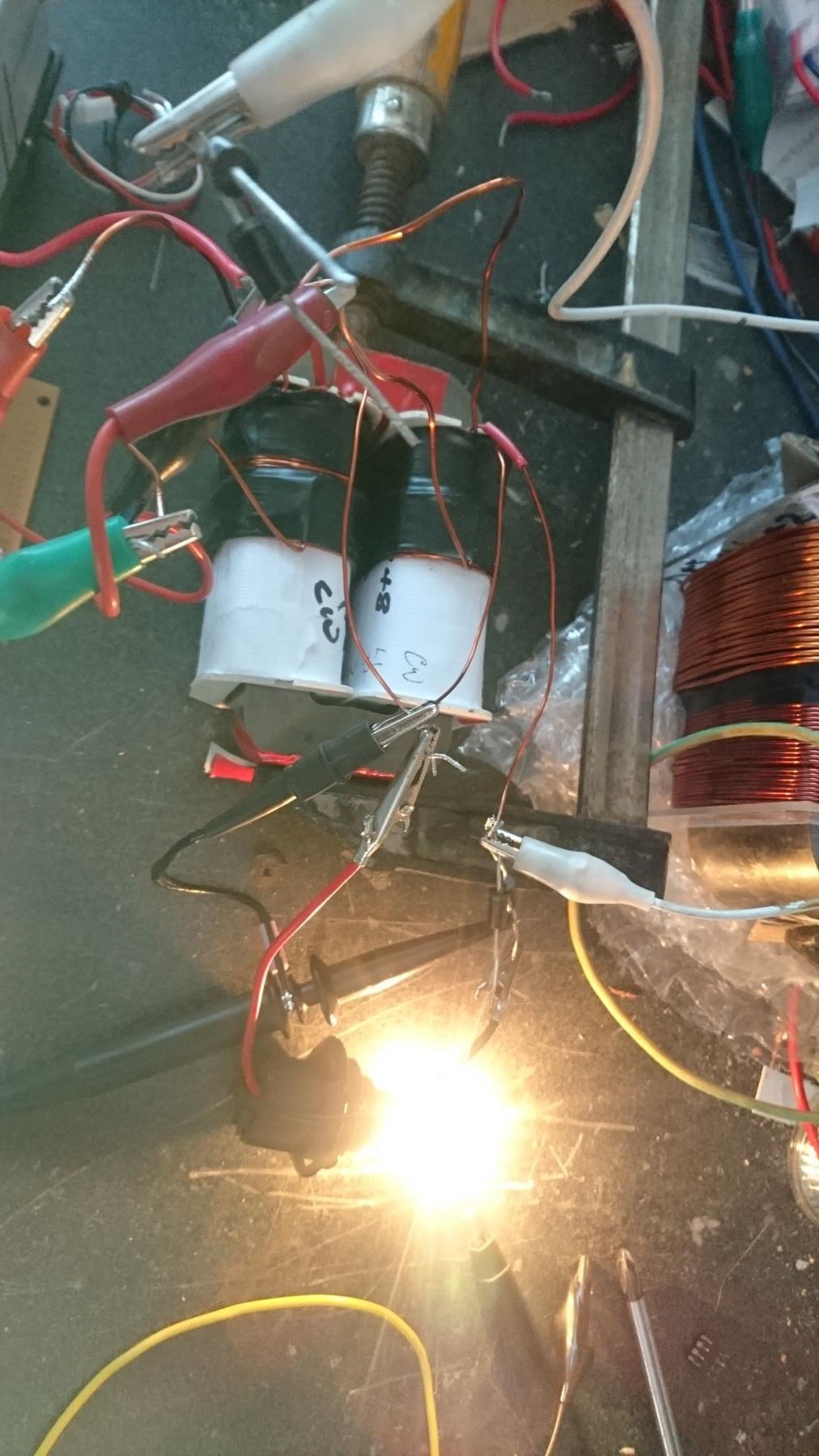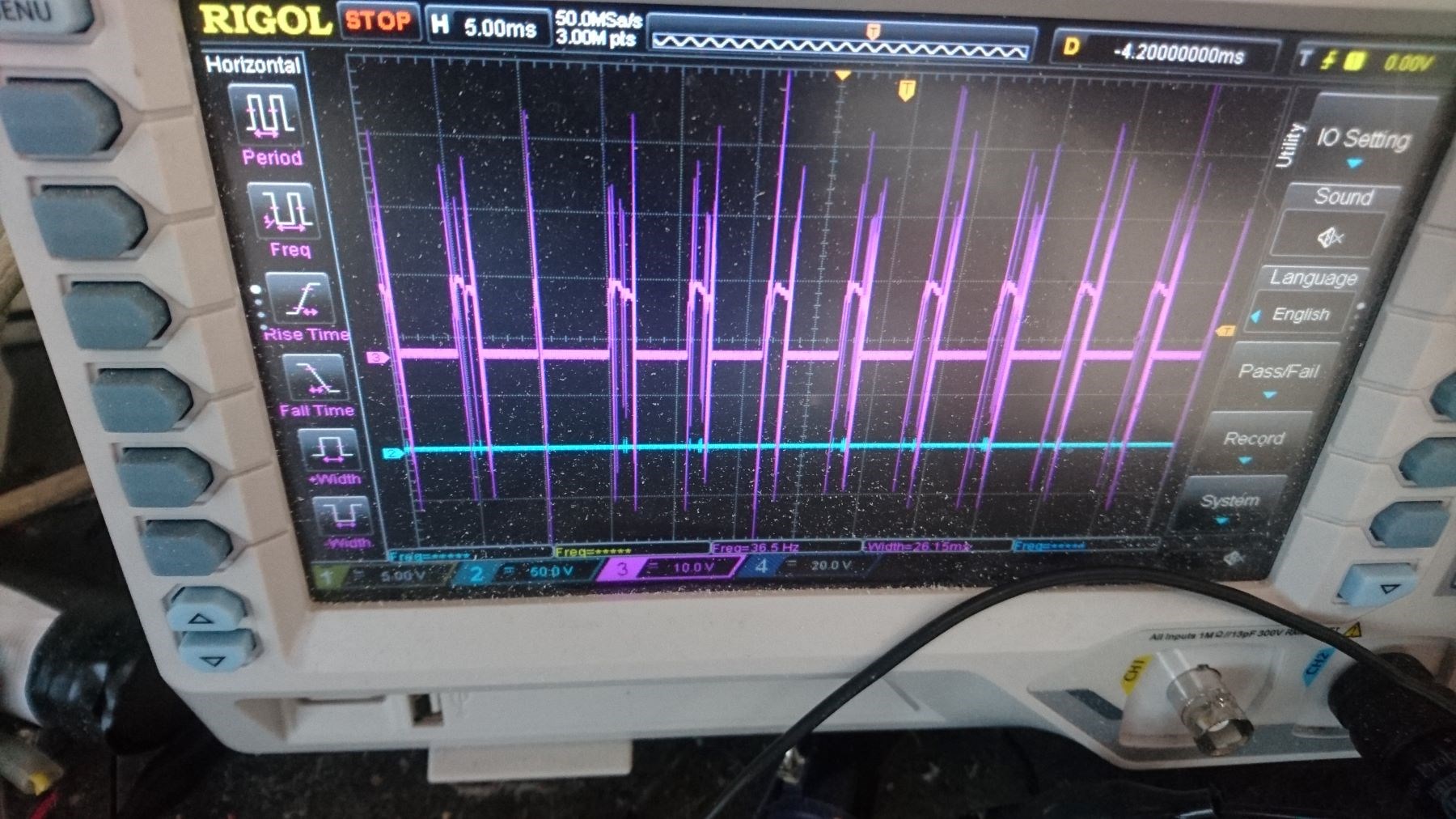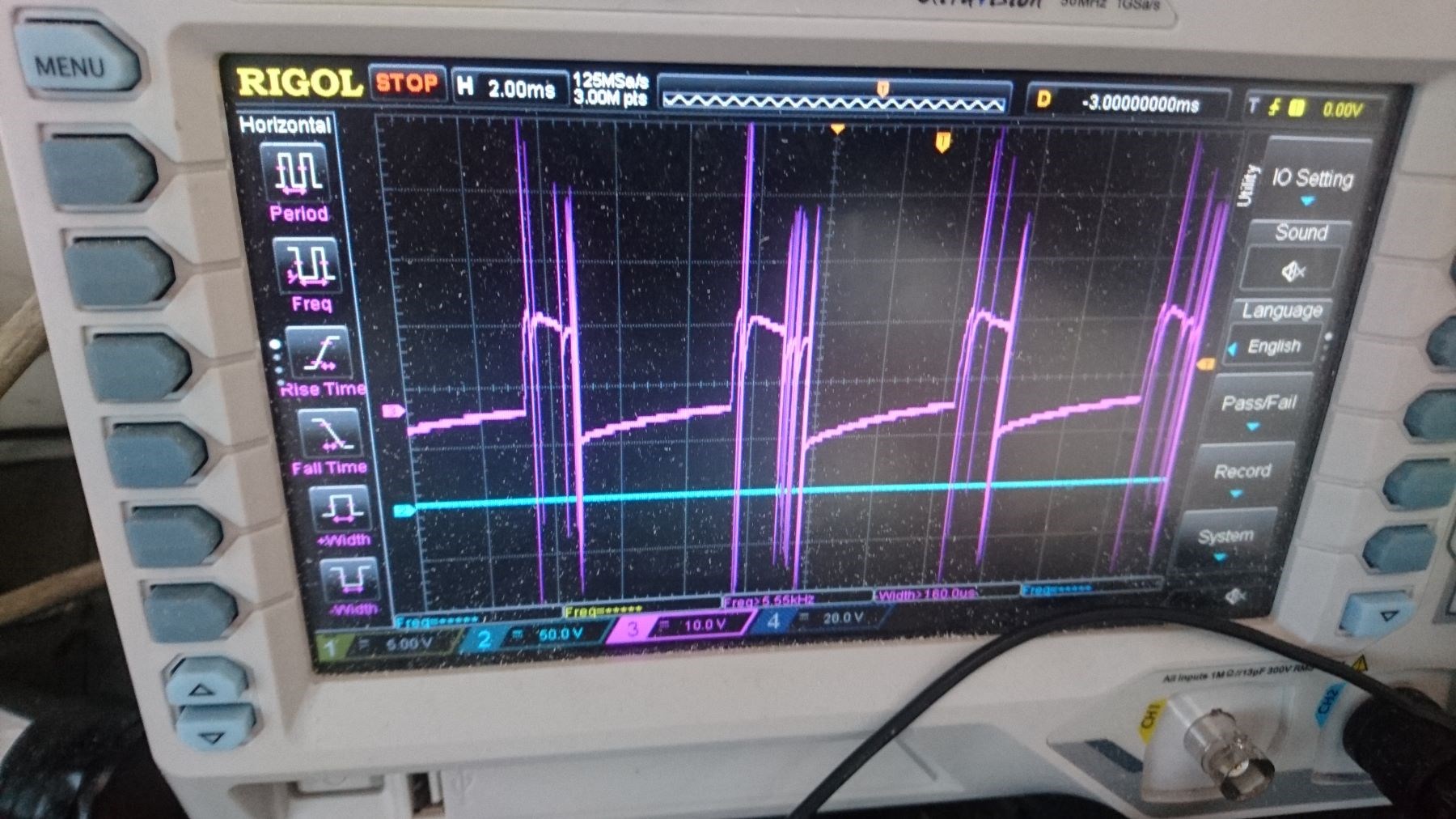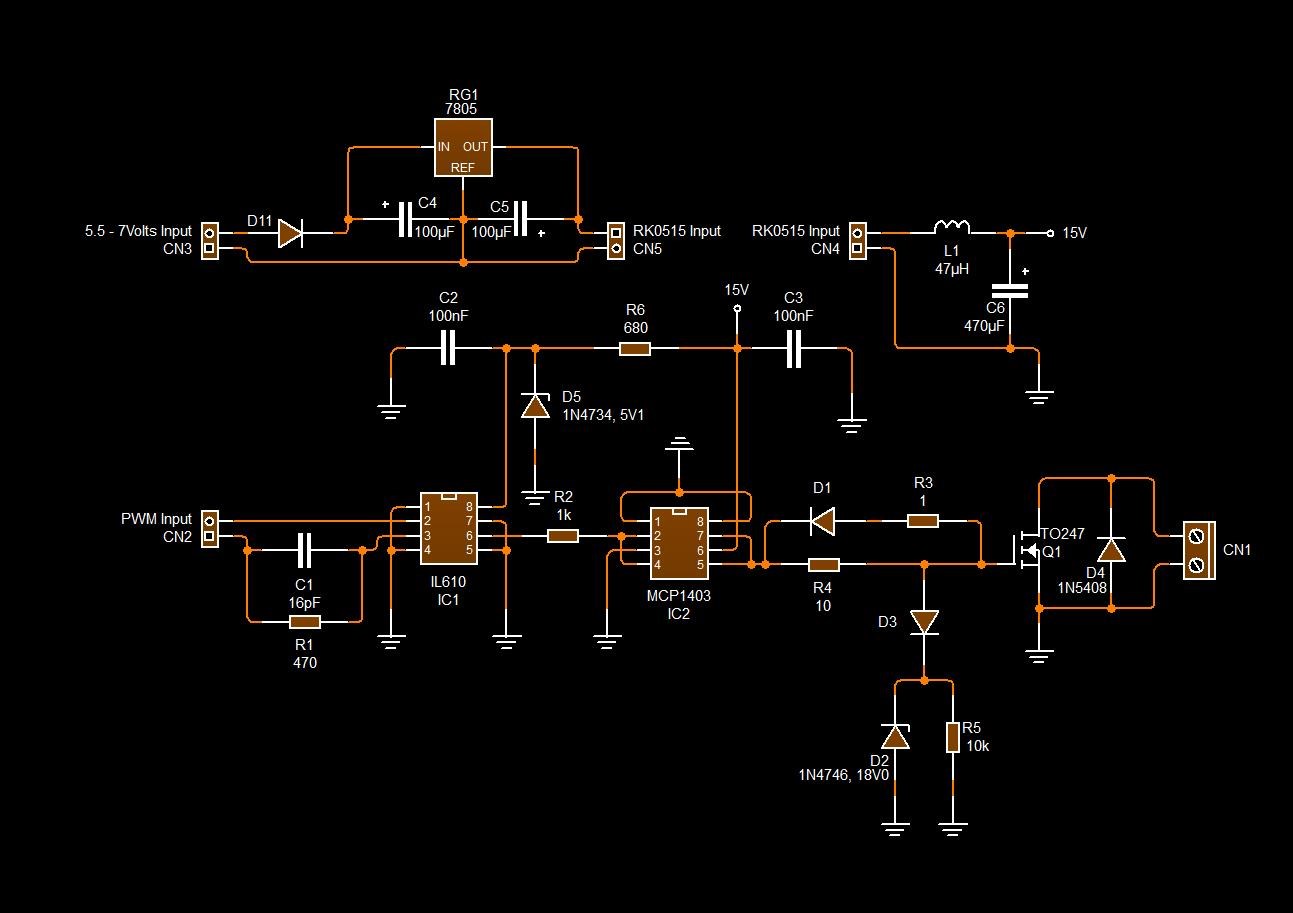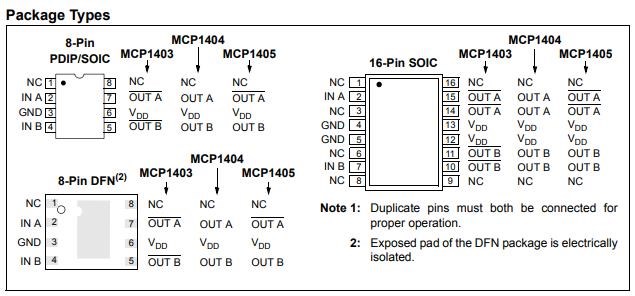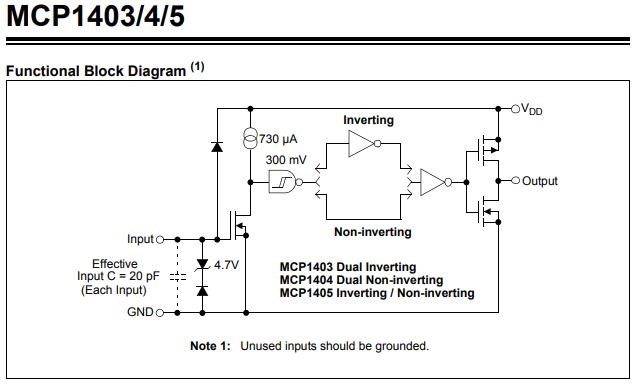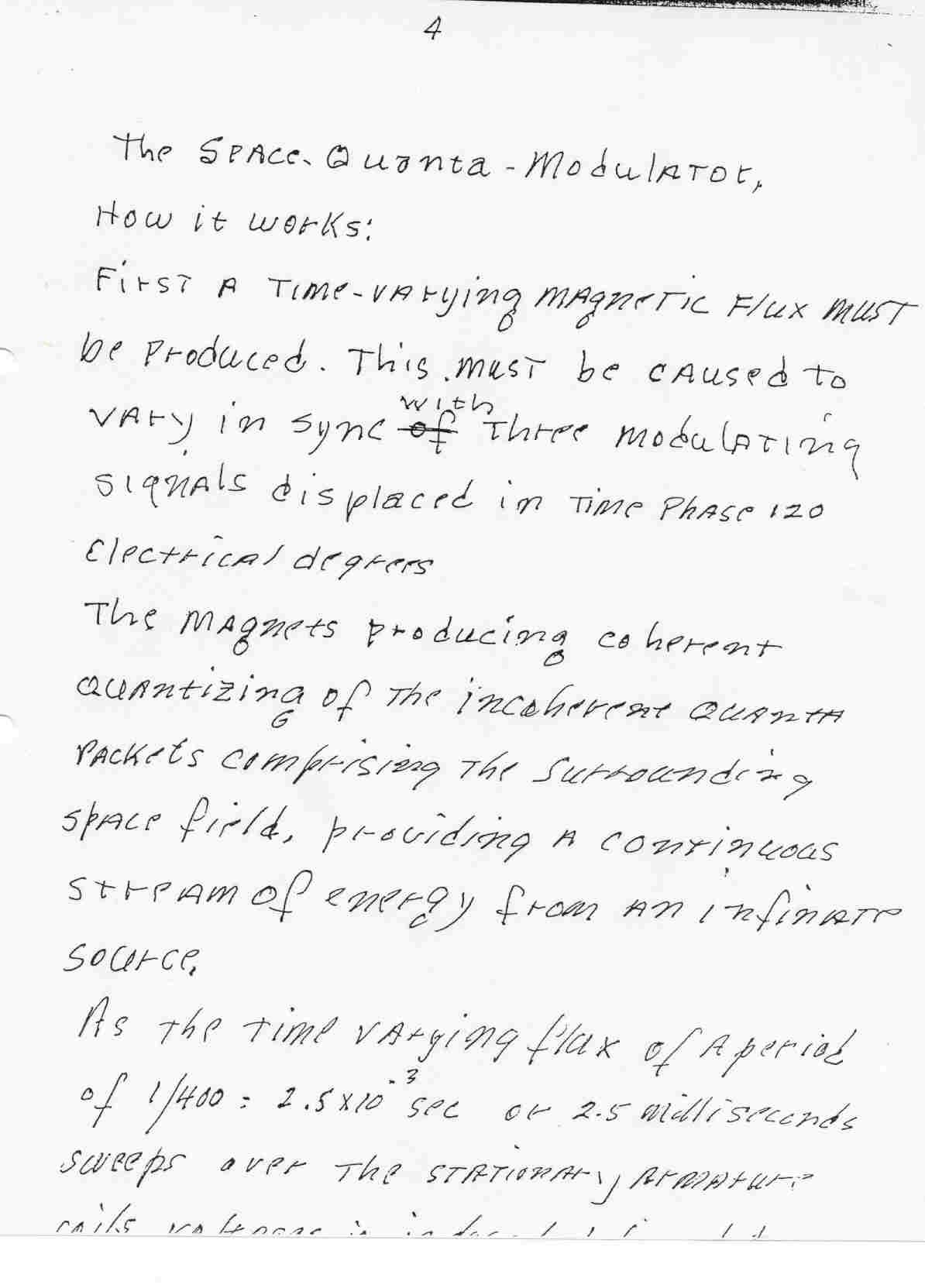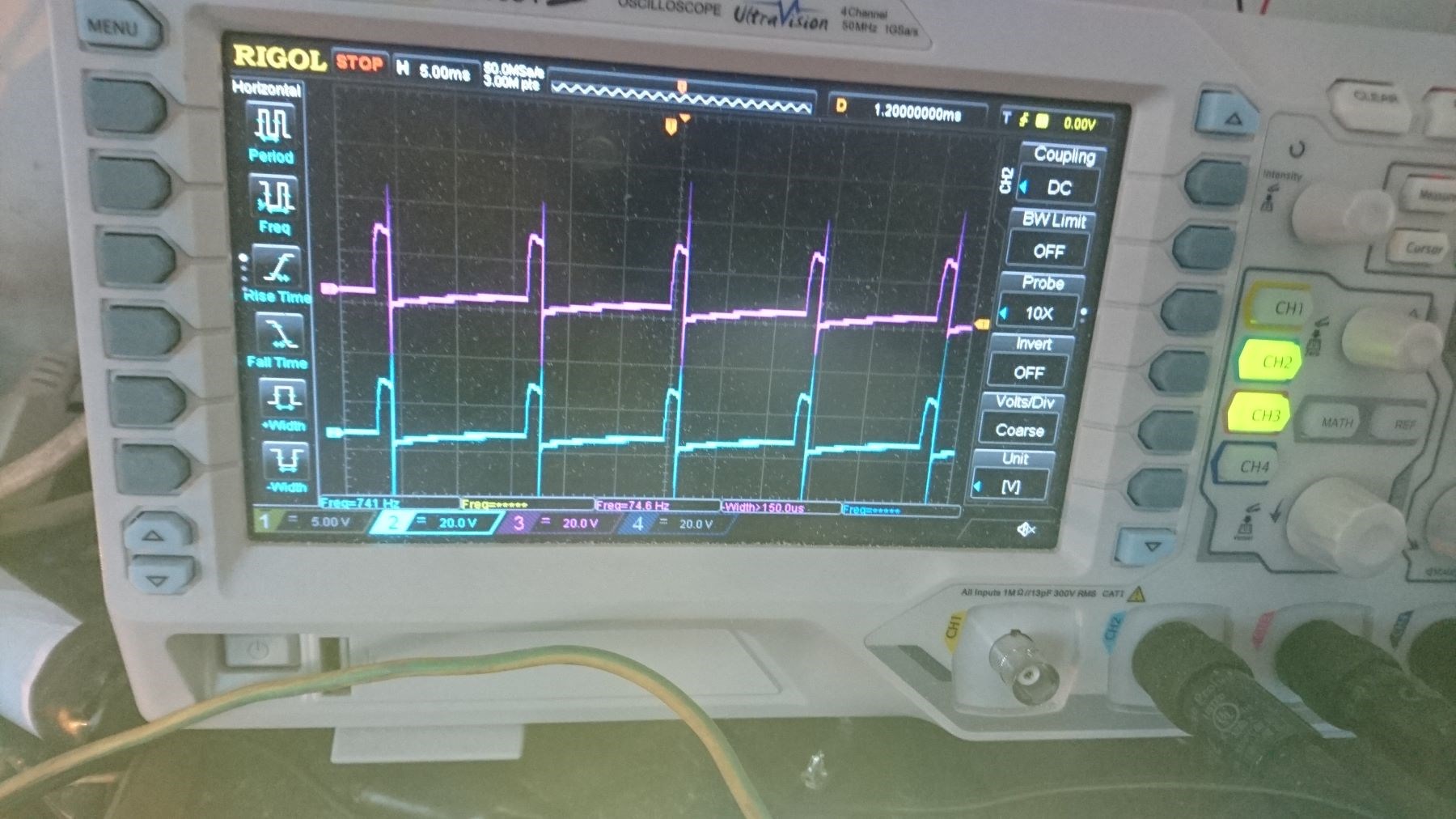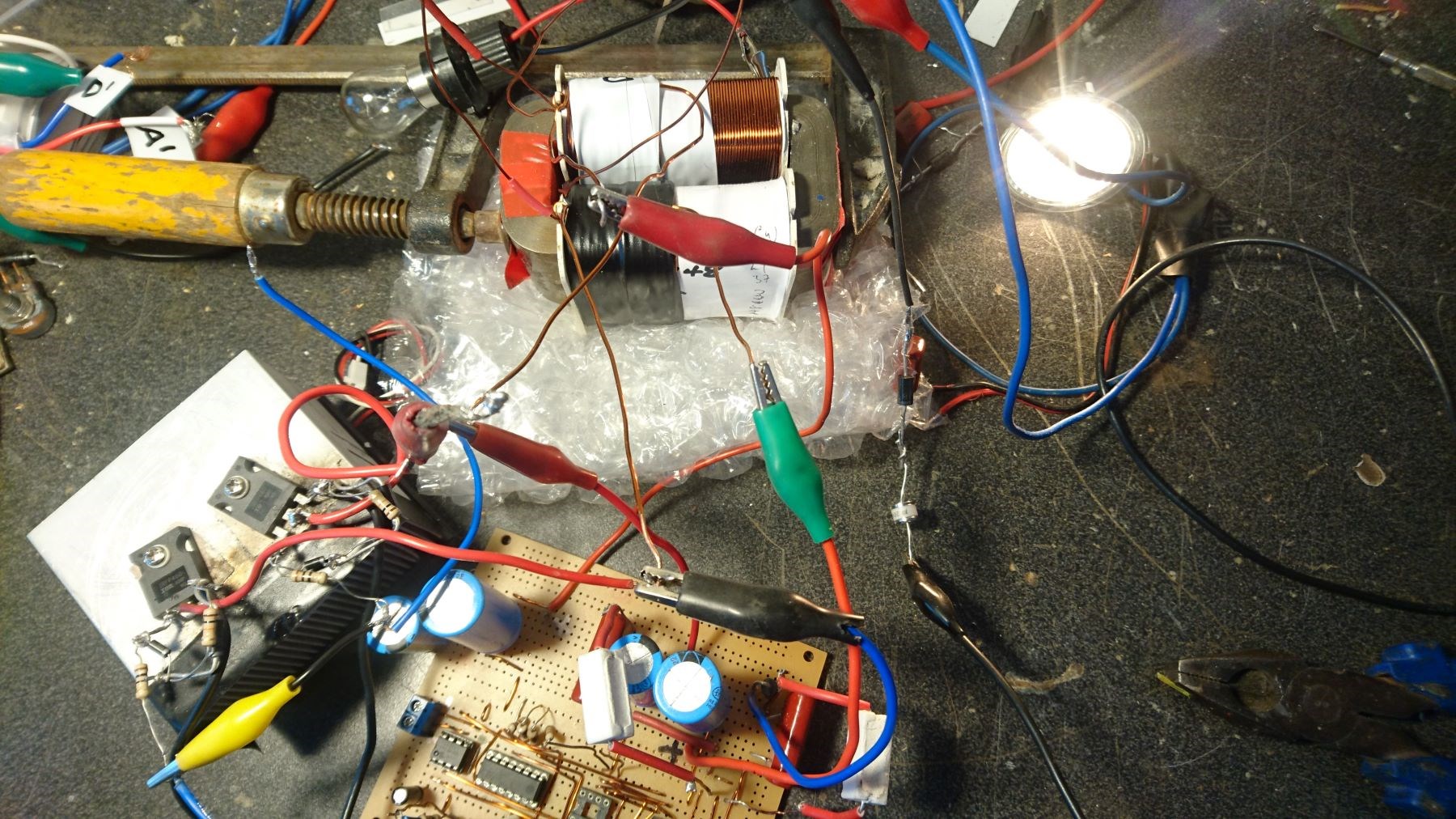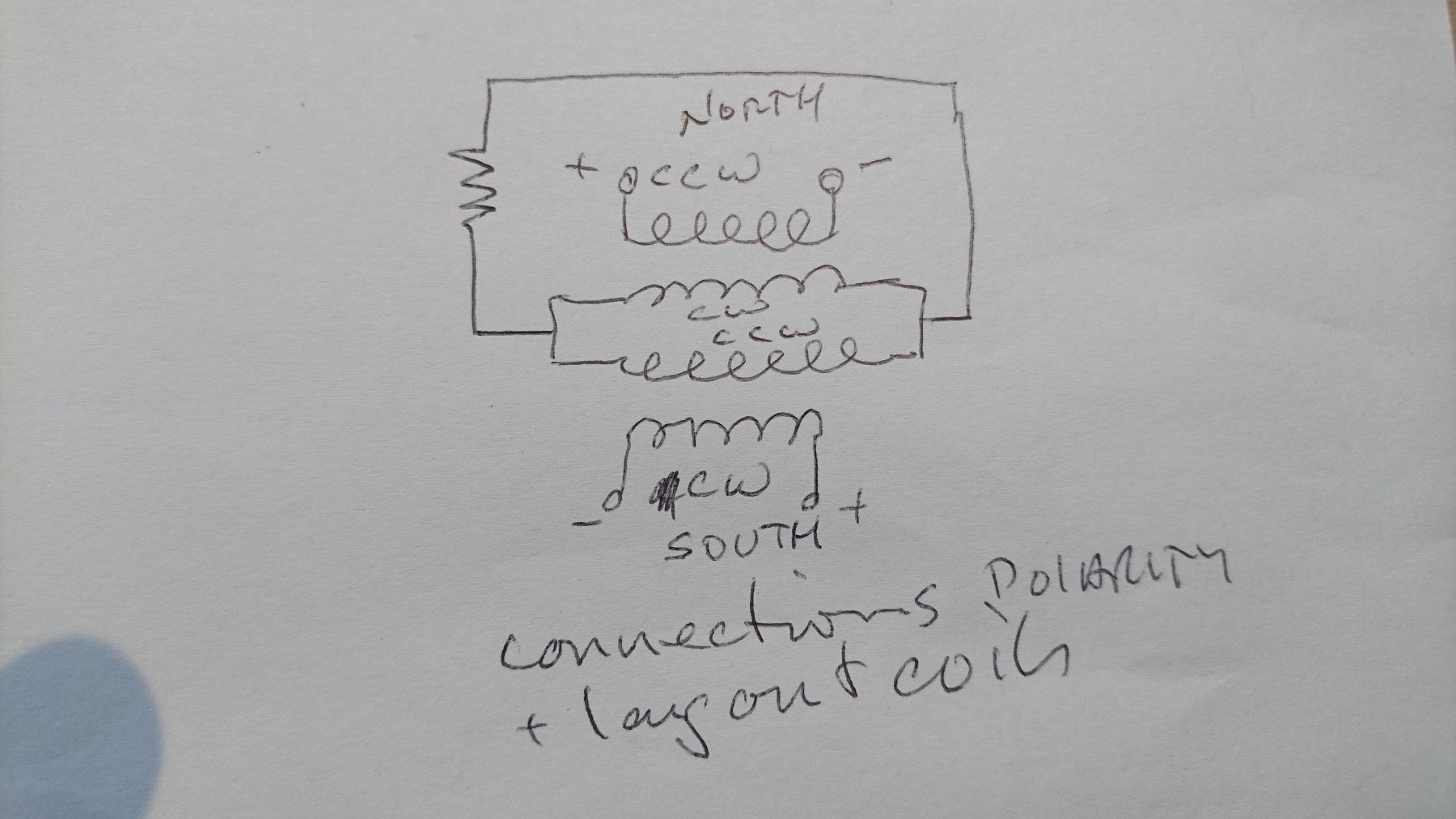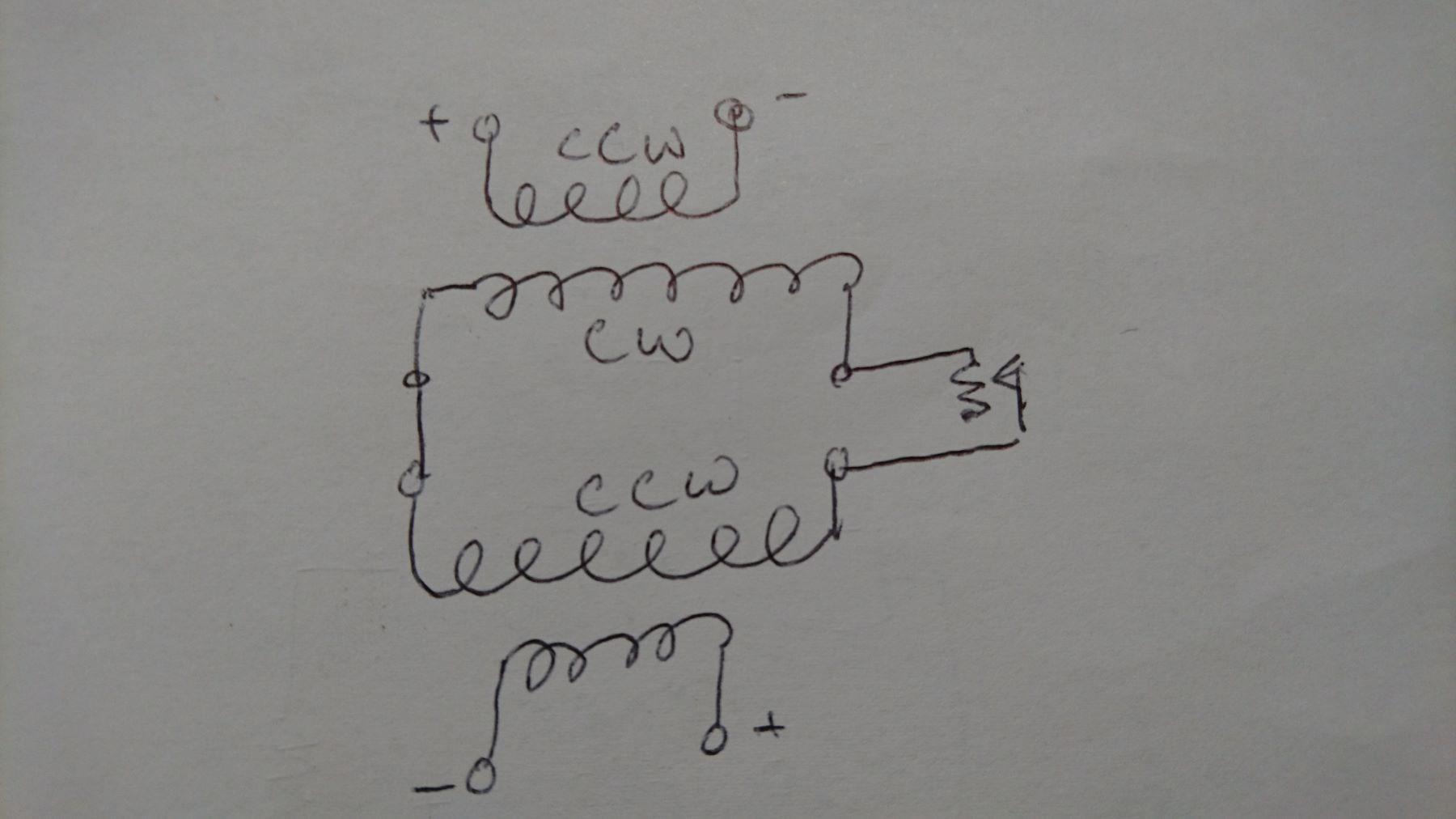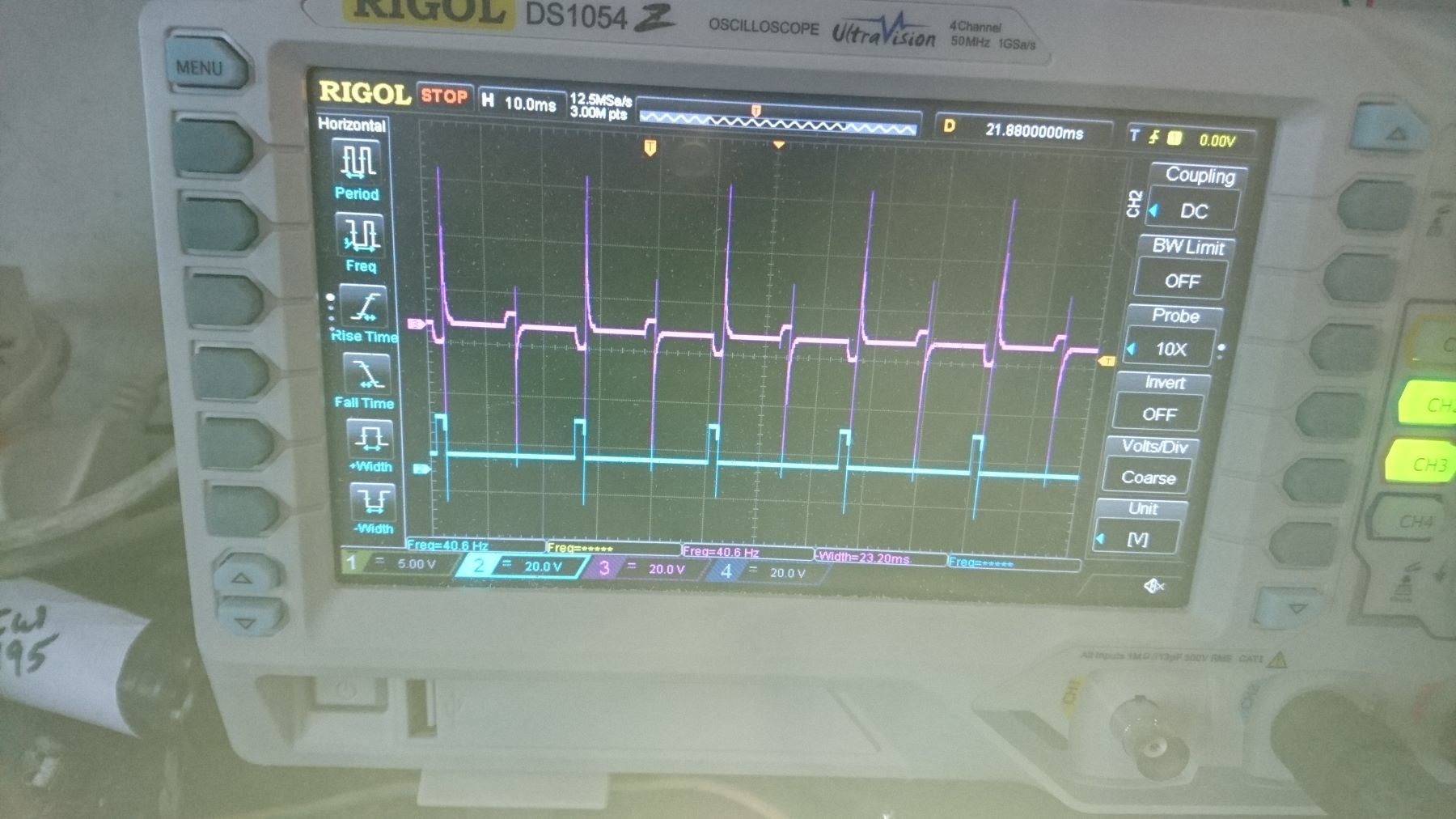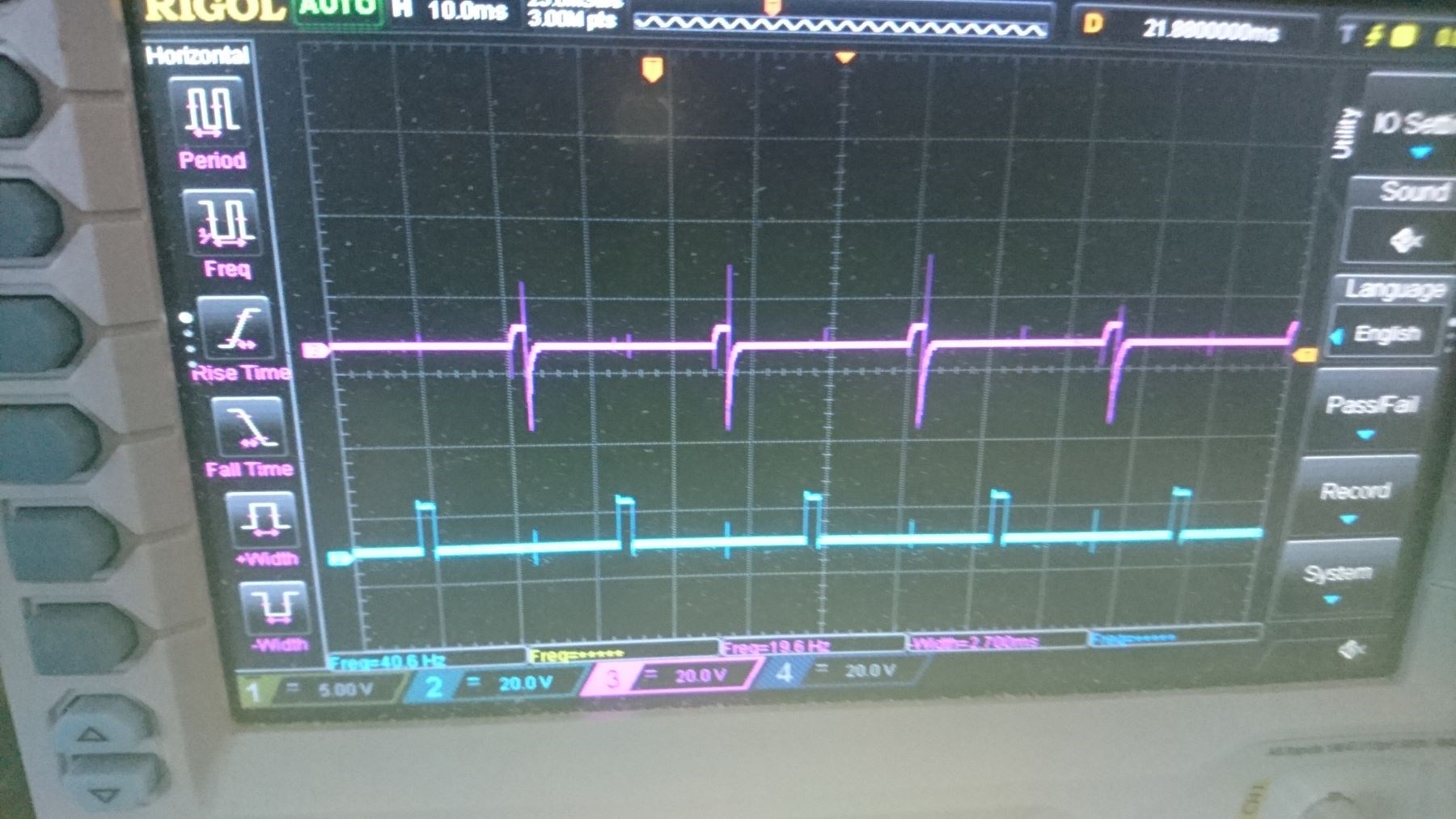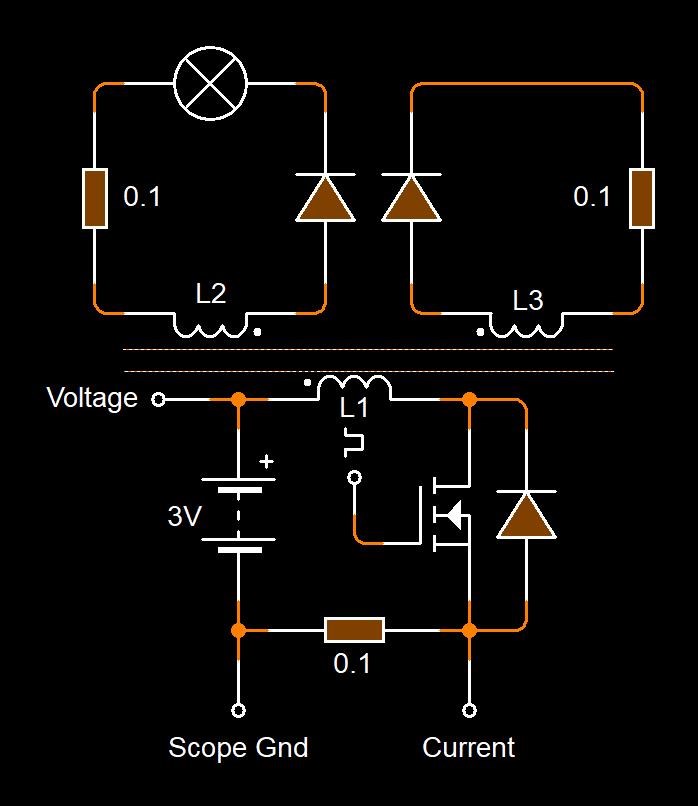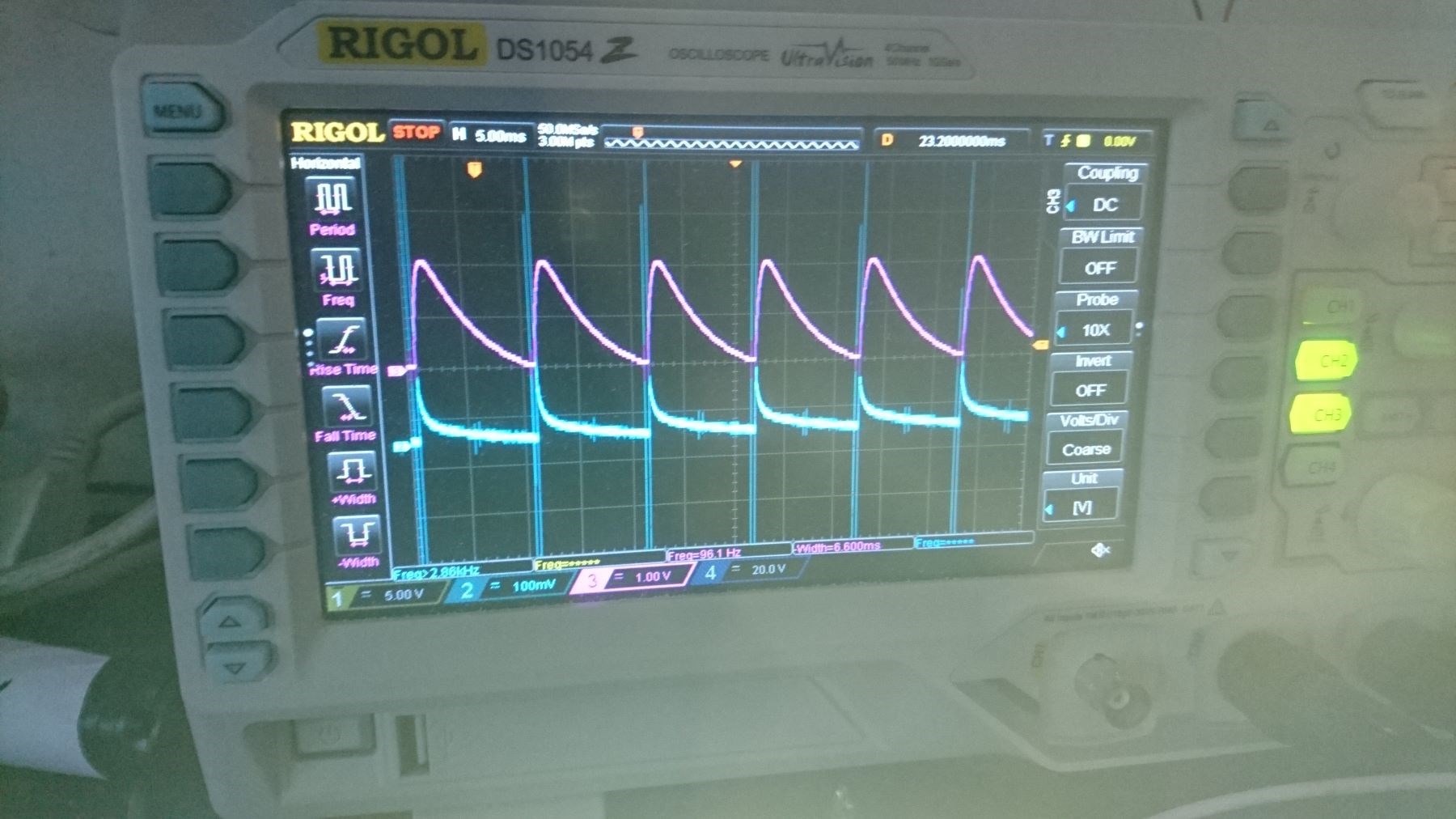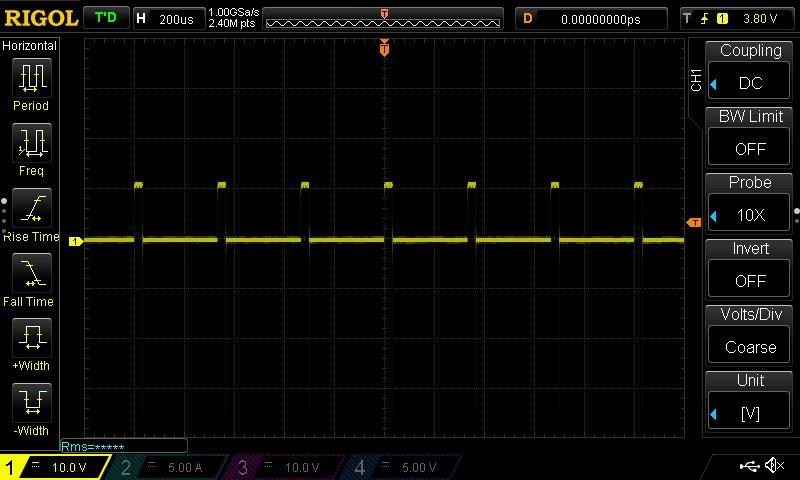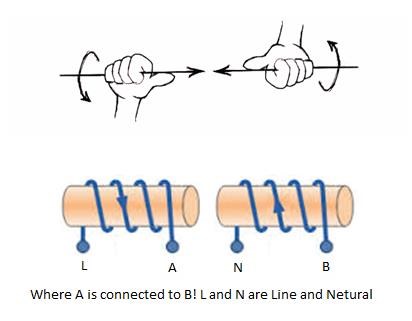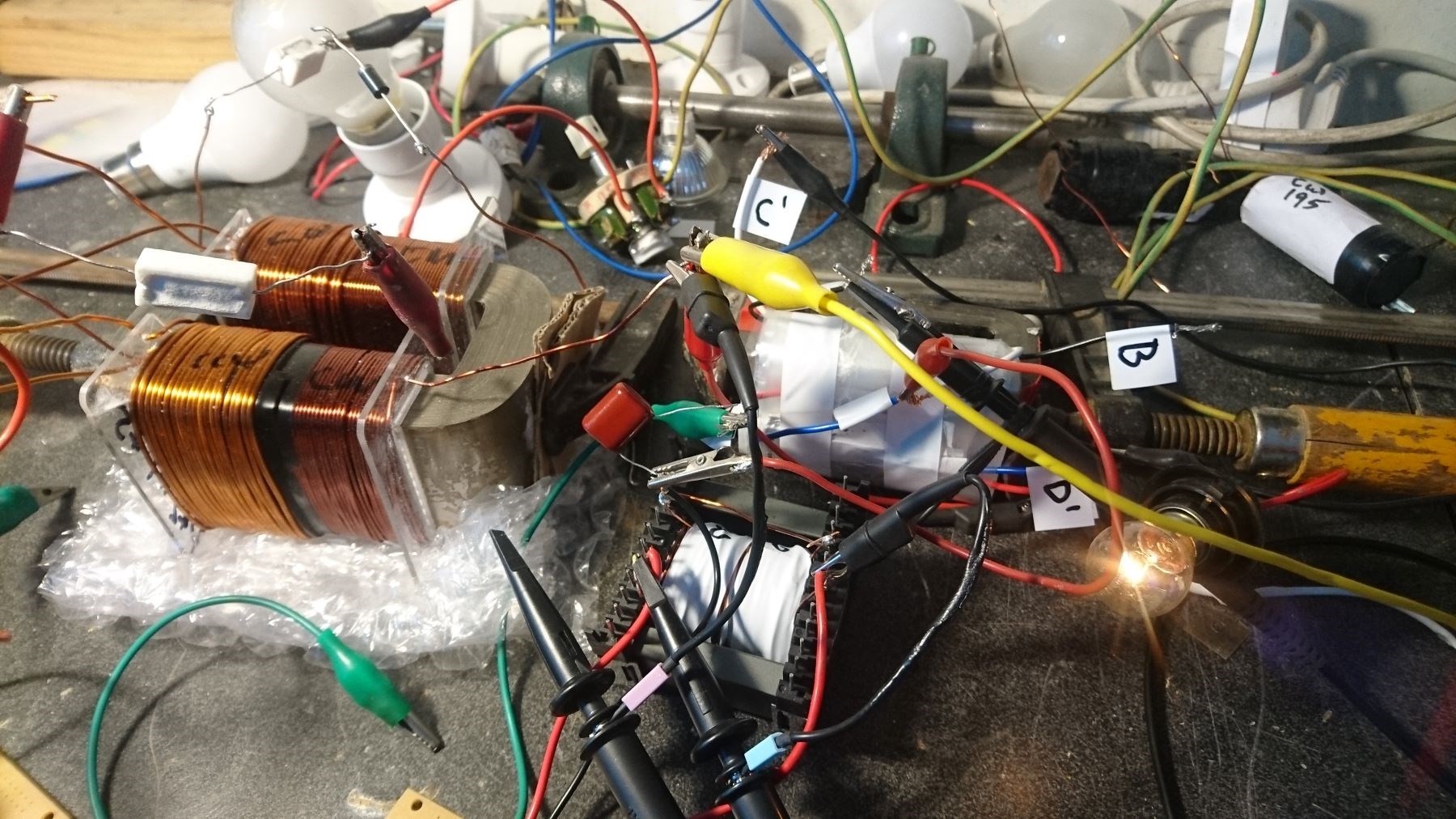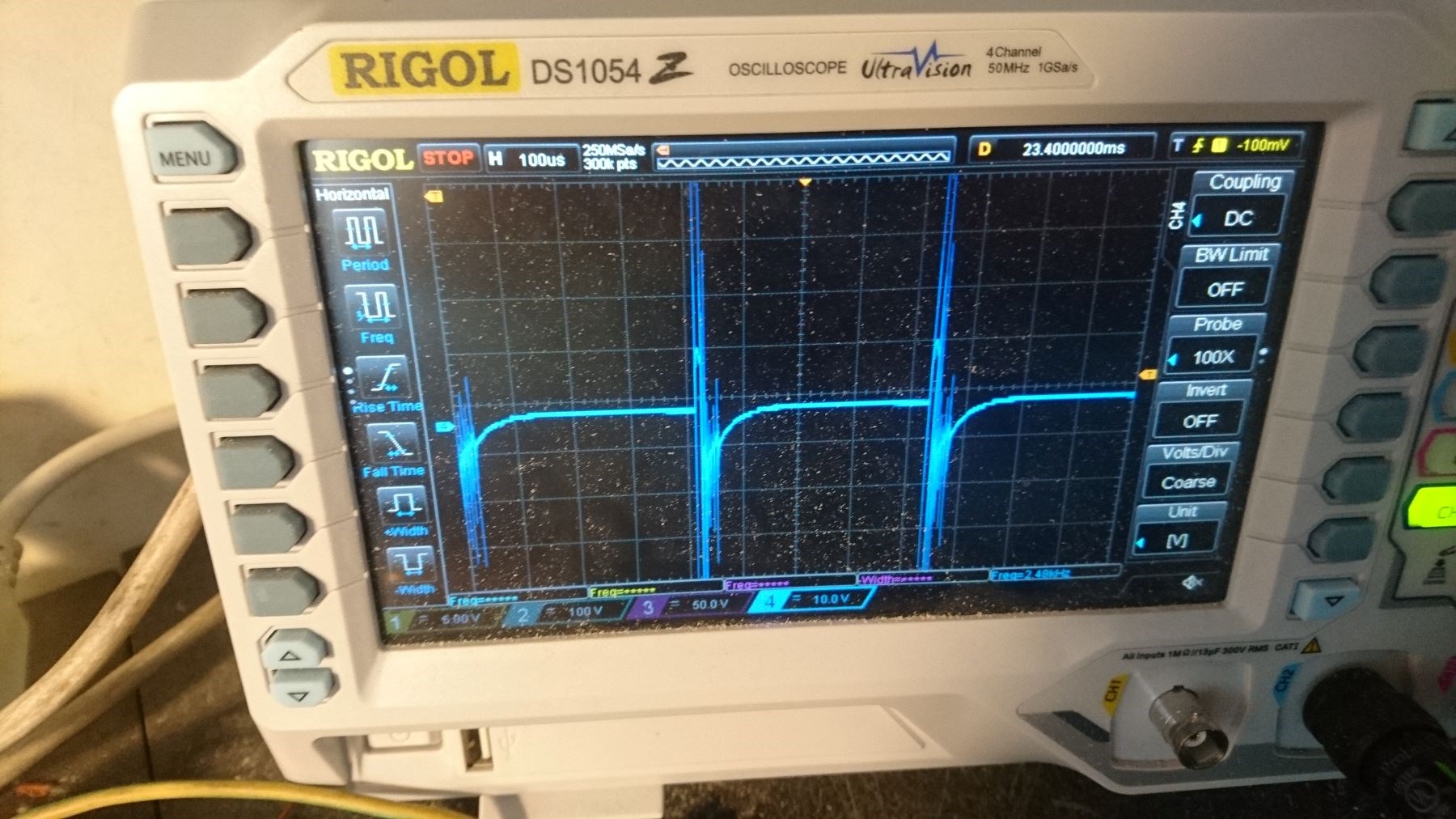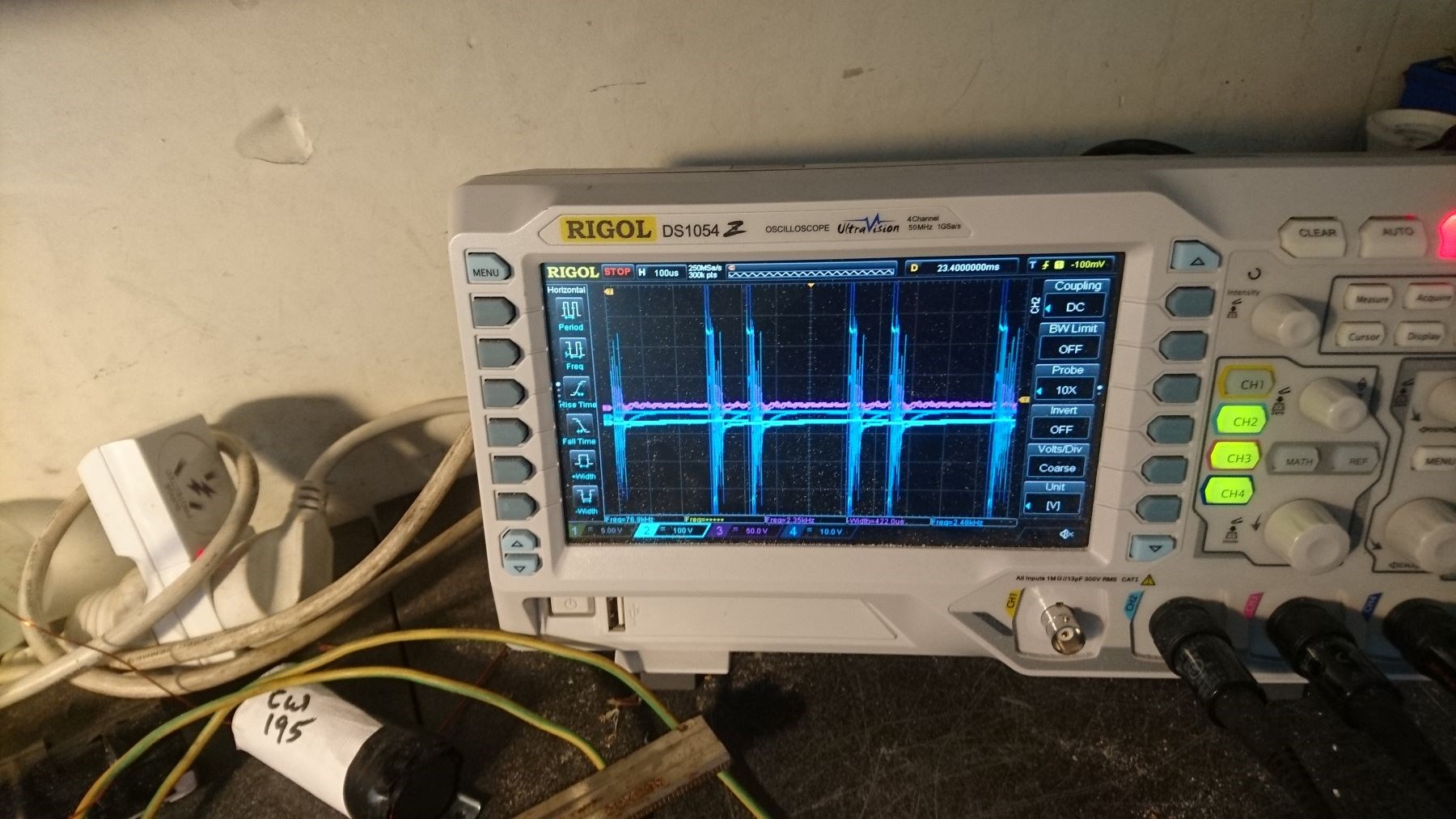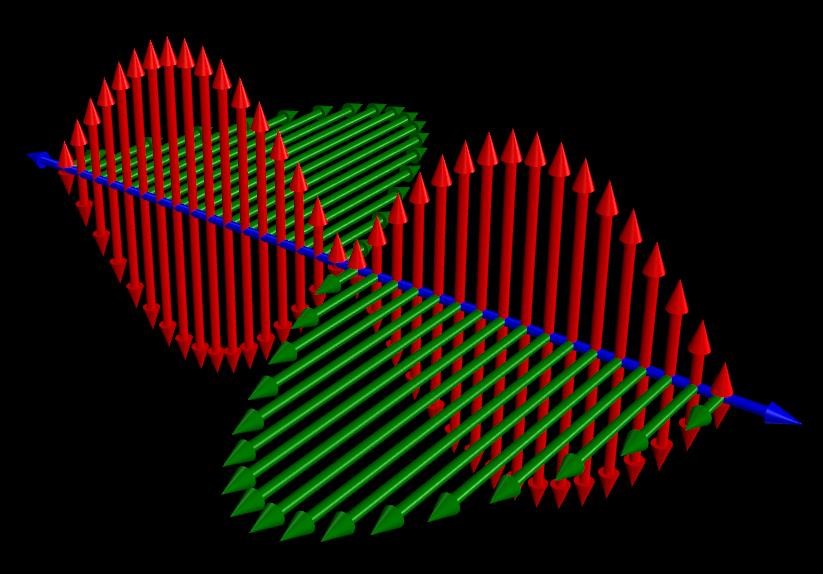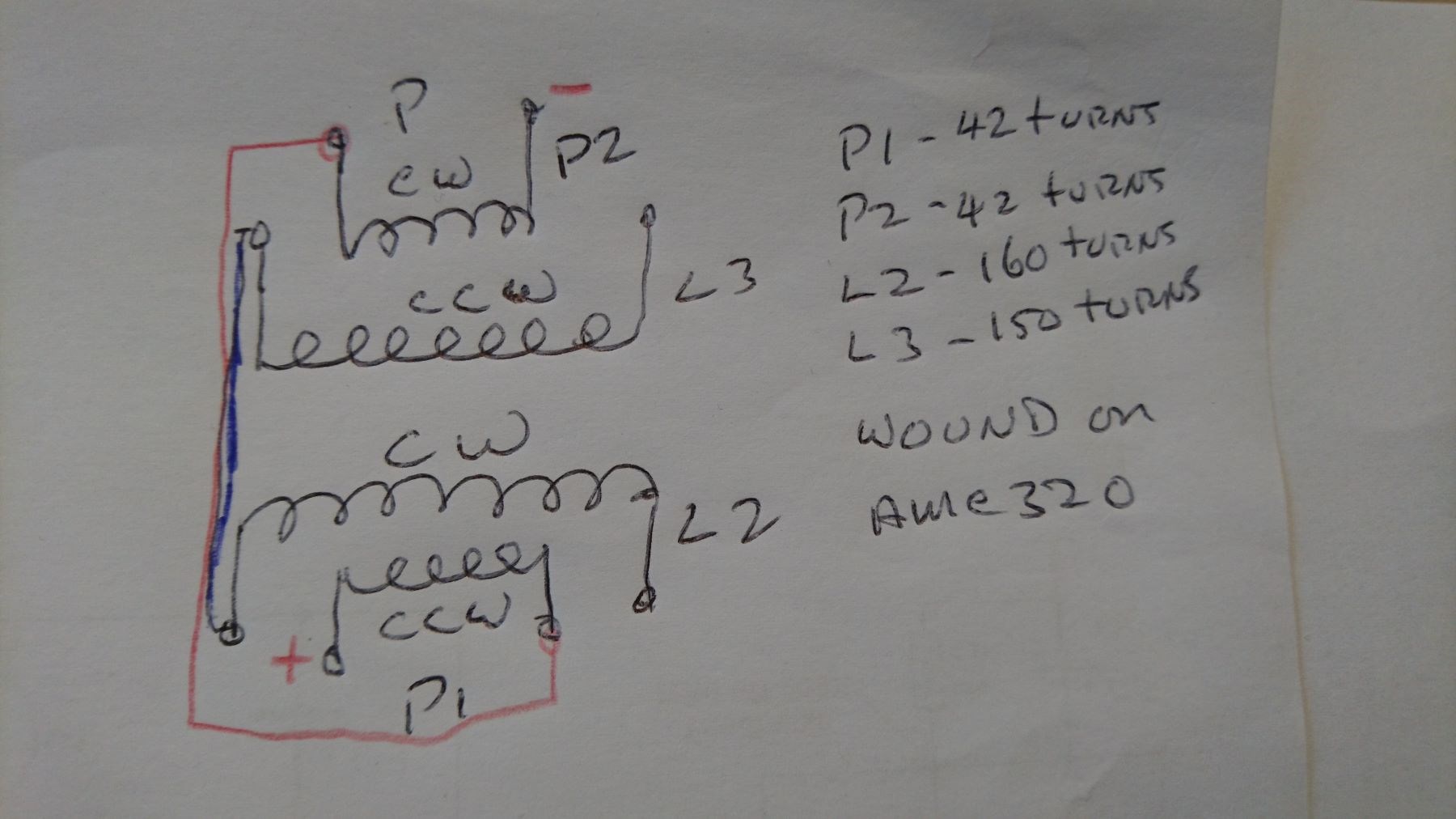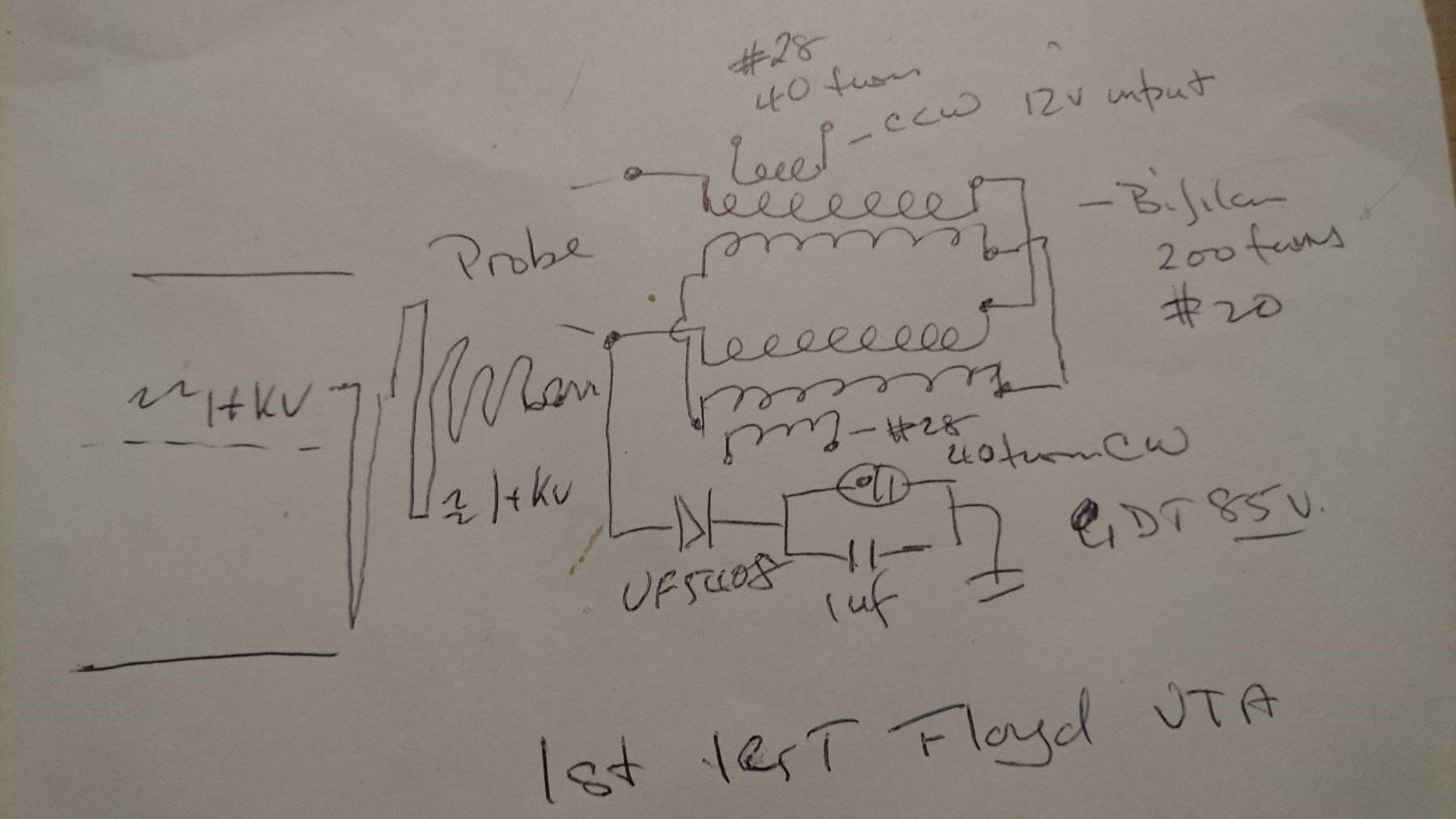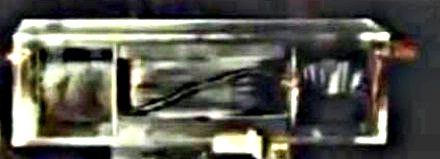Hello,
I am putting this message into this Bucking coils thread, not being sure where else it can go. And, especially as I am looking to understand the Floyd Sweet contribution.
I have a standard pulse circuit into the basic bucking coil circuit. I am using a neon globe cross the primary coil which captures positive feedback. The coils are arranged as drawn, and with turns and gauge. I am showing diodes for taking off the load.
I get Outcome:
1) connect across positive going diode D1 and I get reasonable glow in globe;
2) connect across positive going diode D2 and I get very good glow from globe;
3) connect across Negative going diode D3 and I get outstanding white glow form glow:
When I connect globe across D3, the instant power is connected the globe has great purple/violet flash. After couple of minutes for bucking coils to settle, I get violet bursts in the neon and violent bursts of white light in the globes. However, if I substitute a higher wattage globe the whole effect becomes muted. Prolonged exposure to the D3 source will cause damage to the circuit, neon and or globes!!
What I am not understanding is the direction of the A Vector as it travels through the coils. Although, it does seem to me that the purple glow is the radiant energy that I might be looking for as the alternate energy source. Further, The pulse from the feed back through the neon, with a small load connected to D3 is showing 1kv output on the scope.
Comments would be appreciated.
Acknowledgement of Atti's original circuit.
Regards
ourbobby
